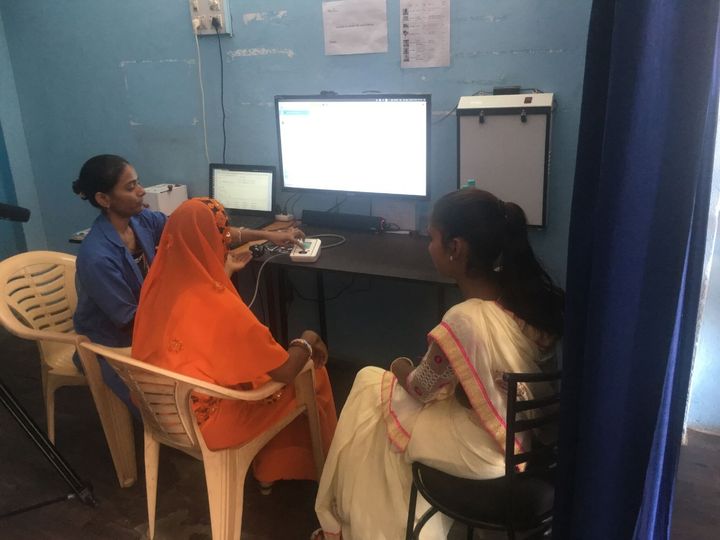On February 1, 2017 India’s Minister for Finance, Arun Jaitley, presented the annual Federal budget in Parliament which included “action plans” such as reducing the cost of medications, introducing wellness centers, eradicating leprosy, and improving medical education and training.
Over the years, India has launched health policies and programs such as the National Rural Health Mission, the National Mental Health Program and the National Health Scheme. Yet the country faces many challenges in providing healthcare to all. Increased spending through the National Rural Health Mission and the focused attention to rural healthcare are gradually yielding results.
The Problem
Indian doctors don’t like to live in rural areas. So there is a large gap in healthcare resources and infrastructure between India’s modern cities and its relatively backward villages, some of which may be within 100 miles of a major city. Rural Indians have very limited access to qualified doctors, modern medical facilities, and treatments. They often rely on alternative forms of medicine such as Homeopathy, Ayurveda, Unani; some fall victim to quacks and superstitions.
Passionate social and commercial entrepreneurs have stepped in to fill the gap. They tackle different but overlapping challenges: such as a lack of trained health professionals, gender inequality, social exclusion, low education, and nutritional disparity.
A few entrepreneurs have built innovative technologies to address the basic unmet needs of the under-served populations. Let’s look at Rajasthan-based, Karma Healthcare, a private social enterprise which improves access to primary healthcare services in rural India by bridging the gap digitally.
Co-founder of Karma Healthcare, Jagdeep Gambhir, a former technology analyst at investment banker Goldman Sachs, harnesses digital connectivity to provide affordable quality healthcare services to Indians at the bottom of the global economic pyramid. The Karma telemedicine model offers both primary and specialized health at its “e-doctor” clinics.
Karma has attracted global investors such as Beyond Capital, an American "impact investment fund" that invests in for-profit social enterprises throughout India and East Africa which can increase the quality of life for consumers at the bottom of the pyramid.
The Technology Based Solution
Each Karma clinic is equipped with a laptop computer, television, web camera, mobile internet connection, wireless printer, external speakers and other clinical equipment. Currently there are nine clinics, each catering to a population of about 25,000 Indians living with easy reach of the village where the clinic is located.
How Karma Healthcare works
A patient who enters a Karma Healthcare clinic is met by a community healthcare worker or nurse employed at the clinic. The nurse talks to the patient in the local dialect about their symptoms, and creates a record of vital signs, then facilitates a face-to-face consultation over the internet in real time with a physician at Karma’s hub in the city of Udaipur in India’s western state of Rajasthan.
The physician consults with the patient and writes a prescription which is digitally signed and emailed to the clinic. The nurse takes a printout, explains the dosage to the patient, and dispenses the medications, usually free of cost. If the physician prescribes diagnostic tests, blood samples are drawn at the clinic and sent to a lab for analysis, and test reports are emailed back to the physician and the clinic.
Any patient who requires more detailed medical examination or admission to a hospital is guided to the appropriate tertiary care or specialist facility in a nearby city.

Nurse on left, measures patient blood pressure
Since 2014, Gambhir and his colleagues have provided healthcare services to 37,000 people and are now growing at 119 percent annually. A good measure of the success of this venture is that 55% of patients are repeat or referred cases.
Karma Healthcare won the 2016 UBS Asia Pacific Social Innovator Award, and its work has been covered by various media publications. By 2022, it hopes to treat almost four million patients per year and produce $15 million in revenues
Gambhir and his colleagues have a vision of “a world where everyone has an opportunity and means to access equitable and affordable healthcare.”
